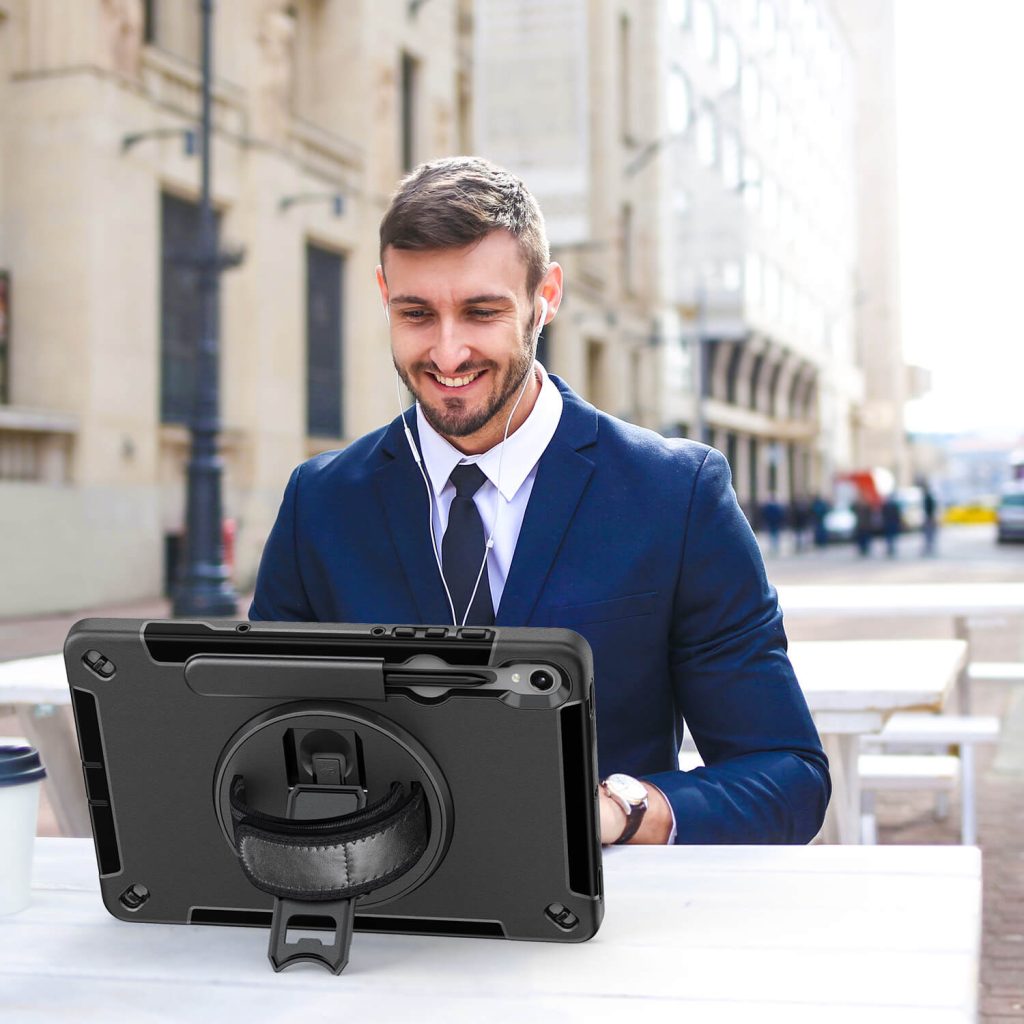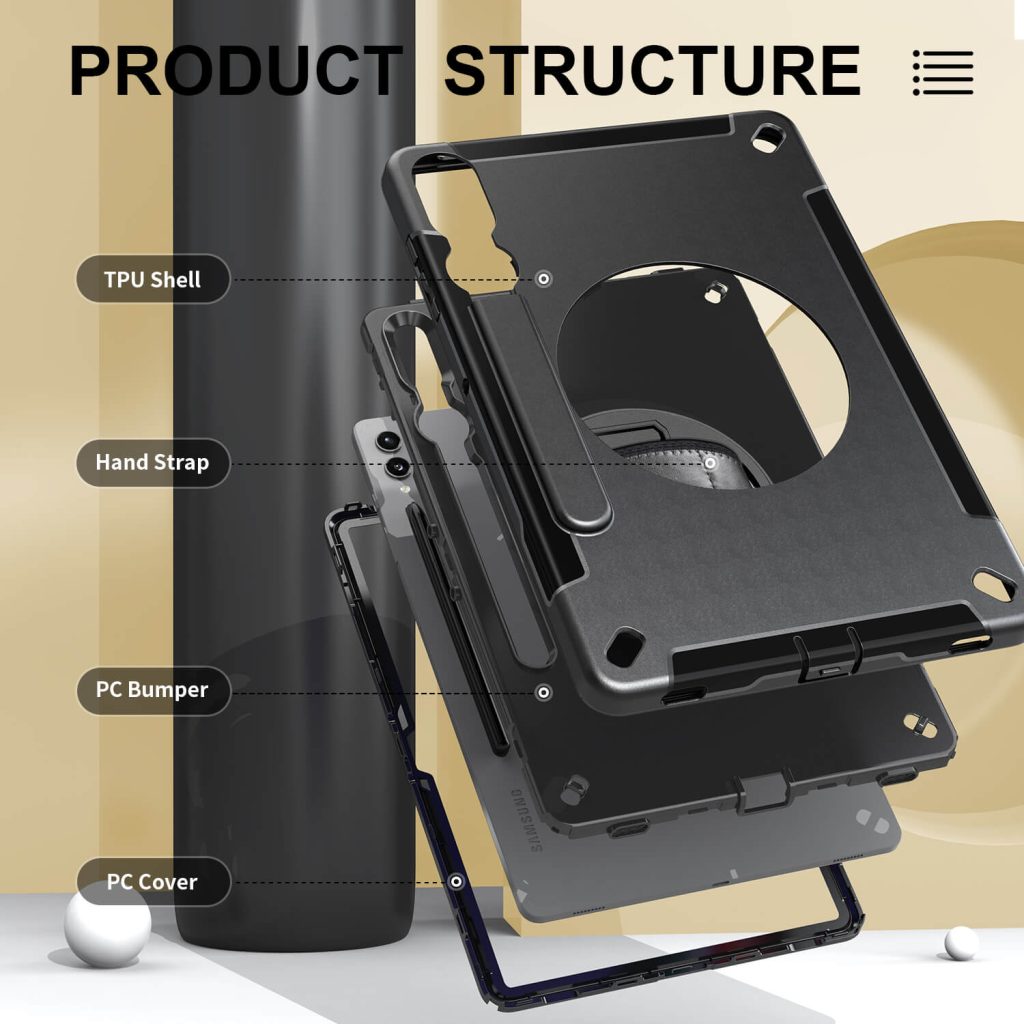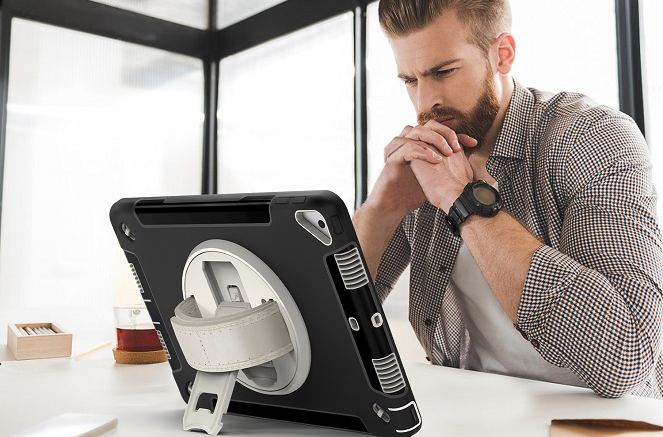In today’s world, tablets have seamlessly woven themselves into our daily routines, becoming our trusty workstations, entertainment centers, and communication hubs. Given their growing significance, it’s crucial to shield these devices from the perils of unexpected drops, unsightly scratches, and other potential damages. Selecting the perfect tablet protective case is your answer, offering the essential protection while also enhancing the overall usability and aesthetics of your device. This comprehensive guide will walk you through the key factors to keep in mind when you’re on the hunt for the flawless tablet protective case. By the time you reach the end, you’ll be armed with the knowledge and confidence to make an informed decision and keep your tablet safe and secure.
Evaluate Your Needs
Your journey to finding the ideal tablet protective case begins with a bit of self-reflection. The first thing you need to do is assess your unique requirements and usage patterns. Think about what your tablet’s main purpose is – do you use it primarily for work, entertainment, gaming, or perhaps a mix of these? Understanding your tablet’s usage is crucial because it will determine the level of protection and functionality you need.
Additionally, consider the size, brand, and model of your tablet. Cases are often designed specifically for particular devices, ensuring a snug fit and unrestricted access to all the necessary ports and buttons. Compatibility is paramount to provide the best protection and a seamless user experience. If you’re uncertain about your tablet model, you can refer to the previous article to help you identify it.

Types of Tablet Cases
Tablet protective cases come in a variety of types, each offering unique features and advantages. Here’s a look at some of the most common varieties:
- Rugged Cases: Engineered for robust protection, rugged cases are perfect for those who use their tablets in challenging environments or have an active lifestyle. These cases often boast reinforced corners, shock-absorbing materials, and resistance to drops.
- Folio Cases: Offering a blend of style and utility, folio cases provide complete coverage and protection for your tablet. They generally feature a front cover that can be folded to create a stand, enabling various viewing angles. Some folio cases also come with additional pockets or compartments for storing documents or cards.
- Keyboard Cases: If you use your tablet for work or extended typing, a keyboard case can be a game-changer. These cases come with a built-in keyboard, often detachable or foldable, allowing you to transform your tablet into a miniature laptop. Seek out cases with a responsive keyboard and adjustable viewing angles for enhanced productivity.
- Sleeve Cases: Sleek and minimalist, sleeve cases offer basic protection for your tablet during transportation. They are usually crafted from soft materials like neoprene or microfiber and can easily slide into a bag or briefcase. While sleeve cases offer limited functionality, they are perfect for those who prioritize lightweight and slim designs.

Choice of Material
The material of your tablet protective case is a crucial factor affecting its durability, level of protection, and overall appearance. Below are some common materials used in tablet cases:
- Silicone: Silicone cases excel at shock absorption and provide a secure grip. They are flexible, easy to install and remove, and come in a wide range of colors. Silicone cases are particularly popular for their affordability.
- Plastic: Hard plastic cases deliver robust protection against scratches and minor impacts. They are lightweight and offer a sleek appearance, although they might not possess the shock-absorbing qualities of other materials.
- Leather: Leather cases add a touch of elegance and sophistication to your tablet. They offer good protection against scratches and are known for their durability. However, they might be bulkier and pricier compared to other options.
- Fabric: Fabric cases provide a soft and comfortable feel while offering decent protection against scratches and minor bumps. They often feature trendy designs and patterns. However, fabric cases may require more care and cleaning maintenance compared to other materials.
Consideration for Specific Tablet Uses
Depending on how you primarily use your tablet, certain features and functionalities may be more significant than others. Take these factors into account:
- Work: For work-related tablet usage, look for cases that offer extra features like built-in stands, keyboard compatibility, and document storage options. These features can enhance productivity and transform your tablet into a portable workstation.
- Entertainment: If you use your tablet mainly for entertainment, such as watching movies or playing games, focus on cases that offer adjustable viewing angles and comfortable grips. Look for stands that allow for various positions, ensuring the best viewing experiences.
- Gaming: Gamers may prioritize cases that provide an enhanced grip, easy access to controls, and heat dissipation features to prevent the tablet from overheating during intense gaming sessions. Look for cases designed specifically for gaming tablets, offering these functionalities.
Conclusion
In summary, selecting the perfect tablet protective case requires a thorough assessment of your needs, a consideration of the types of cases available, a selection of the right materials, and a focus on your tablet’s primary uses. Additionally, factors like user-friendly features, personal style, customer reviews, and budget should all play a part in your decision-making process. By following the guidance provided in this ultimate guide, you can make an informed decision and find a tablet protective case that offers optimal protection, functionality, and style. With the right case, you can enjoy your tablet worry-free, knowing it’s shielded from everyday hazards and accidents.


